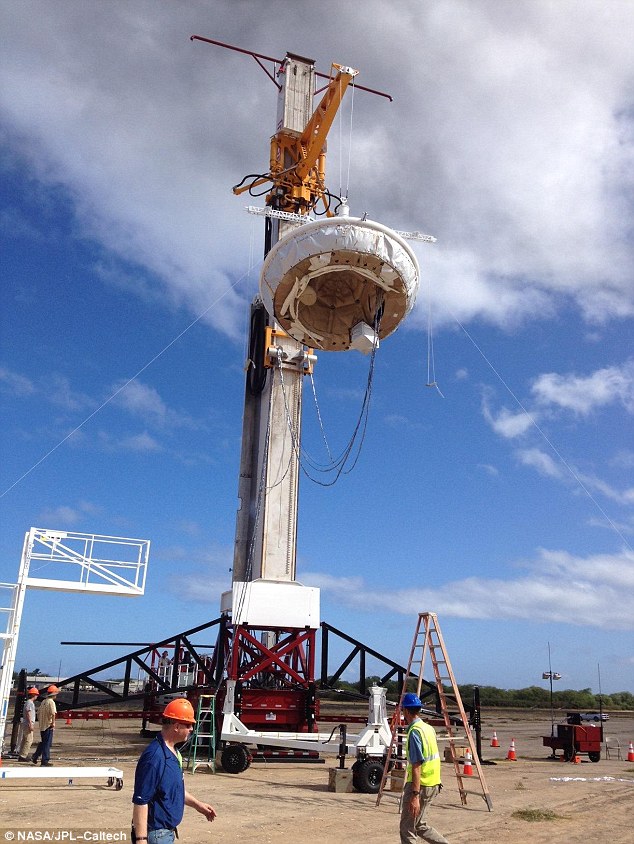Wheel Loads, Like Outrigger Reaction Forces, Must Be Part of the Equipment Setup Plan
Assessing ground conditions and verifying that the ground will support the equipment you are using isn’t just limited to cranes, concrete pumpers, or aerial devices. The same is true for self-propelled Mobile Elevating Work Platforms (MEWPS).
A 2021 article about floor loading and a 2019 webinar from Genie about the new ANSI A92 standards both address the need to assess risks related to the ground or floor and its ability to support the machine and wheel loads.
One of the changes to the 2019 ANSI A92 standards was the addition of language requiring users of MEWPs to conduct a site risk assessment. Included in the assessment is verification that the surface, whether that is the ground or a floor, is adequate to support the weight of the MEWP.
In the webinar, Scott Owyen, Director of Training for Genie, said: “The reason that this is in the new standard, a lot of operators will do the work place inspection and identify overhead obstacles, electrocution hazards, and pedestrian and vehicle traffic. What they are not thinking about is what’s under the ground,” he said. He gave an example of a manhole cover that has recently been buried. If a 40,000 lb. boom lift were to drive over that cover, it’s not likely it would support the weight and the tire could punch through the manhole cover, causing the boom lift to tip.
Likewise, floor loads must be part of the jobsite planning for indoor operation of MEWPs. According to a 2021 article from ForConstructionPros.com, “Floor load, or ground pressure (Ground Bearing Capacity), is the amount of force a floor can withstand or the amount of pressure a machine exerts. If the pressure exerted by a scissor lift or any other piece of equipment exceeds the capacity of the floor beneath it, damage can be done to the floor or to the building’s structure.”
The article talks about Machine Load and Wheel Load. “While this is unique to equipment that operates on wheels, the principles are similar to all heavy equipment. Understanding the equipment’s maximum wheel load, outrigger reaction force, or peak track pressure, and load are critical to designing and confirming a Safe Set-Up,” said Kris Koberg, CEO of DICA. For MEWPs, “while the machine’s total weight may be lower than the floor’s requirements, depending on how the platform weight is distributed, the lift may still exceed the maximum wheel load,” explains the writer of the article.

Custom designed products by DICA solve unique challenges around the world. DICA supplied Safety Tech® Outrigger Pads to NASA measuring 117” x 36” x 4” thick, which were used under the jacks of the launch tower. The balloon launch tower is essentially a custom-built trailer with a mast at one end. Two jacks with 18” x 9’ pontoons—one at the front of the trailer and one at the rear—support the 150,000 pound weight of the trailer plus 8,000 pounds of rocket weight. It was under these jacks that the Safety Tech® pads were used.
“DICA does not make a product specifically for MEWPs and distributing wheel loads, however, we frequently design custom load distribution solutions for unique applications,” said Koberg. “Whether it’s custom designed outrigger pads, crane pads, crawler mats, jack pads or foundation shoring solutions, DICA’s engineered products have been adapted to special applications in wide variety of industries.”
Regardless of the equipment—cranes or MEWPs—assessing the ground and what’s below the surface is always a good practice.



